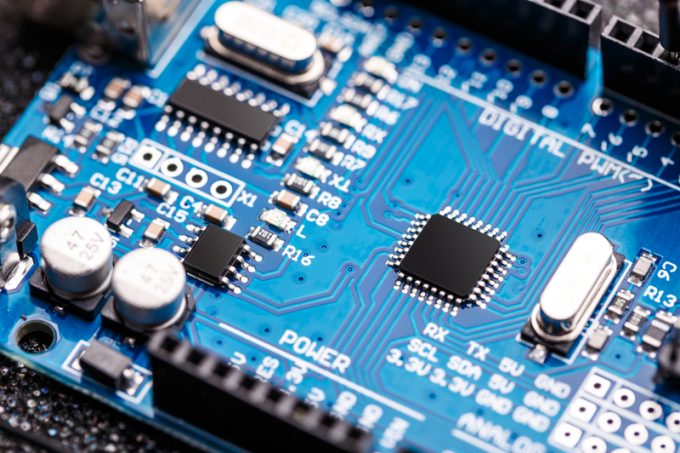Foxconn unveils plan to build electric vehicles – but not in China
Developments this week have laid bare the growing enmity between the US and China, as ...

Last week’s earthquake has added to the tension in the South China Sea in expediting efforts to diversify global semiconductor manufacturing.
The temporary suspension of semiconductor production, due to damaged factories, has reinforced efforts to reduce global reliance on Taiwan’s output.
The world’s largest supplier, Taiwan Semiconductor Manufacturing Company (TSMC), wants to develop its US footprint, and America is only too keen to help.
Adding to February offers of $5bn in loans to help TSMC ...
Transpacific sees first major MSC blanks as rates fall and volumes falter
'It’s healthy competition' Maersk tells forwarders bidding for same business
Shippers snap up airfreight capacity to US ahead of tariff deadline
White House confirms automotive tariffs – 'a disaster for the industry'
Volcanic disruption at Anchorage could hit transpacific airfreight operations
New price hikes may slow ocean spot rate slide – but for how long?
Tighter EU import requirements proving 'a challenge' for forwarders

Comment on this article